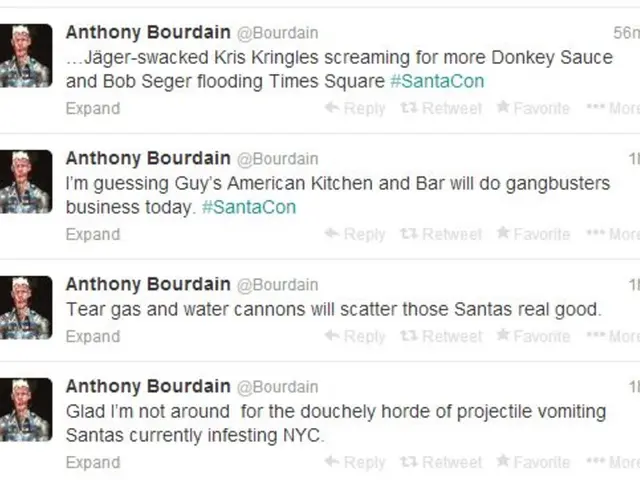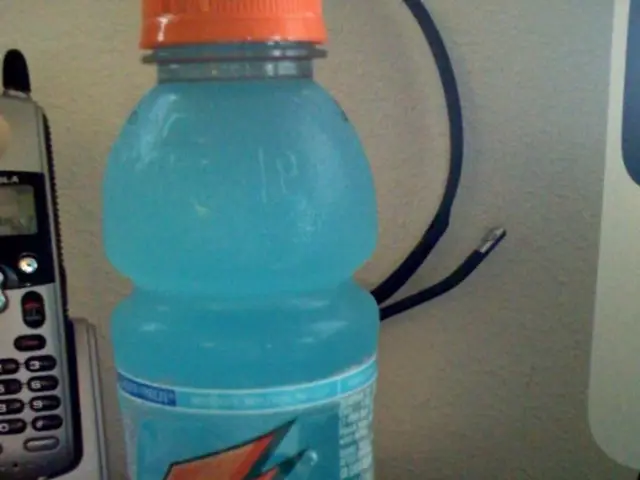Protecting Hummingbird Feeders from Uninvited Bees: 7 Strategies to Implement
Ready, set, bird feeders! It's that time of year to gear up for the arrival of hummingbirds! These tiny, energetic creatures are bound to grace your garden with their presence as they migrate to North America. But beware, pollinator insects enjoy the same food sources as these avian acrobats, so you may find unwanted visitors—like bees—buzzing around your feeders.
But don't fret! With a little knowledge and proactive measures, you can maintain a harmonious coexistence of birds and bees in your backyard oasis. Here are some expert-backed tips to keep those bees at bay without alienating your feathered friends.
- Trenton Frazer, lead entomologist at Aptive Environmental, a pest control and exterminator company.
- Mateo Kaiser, certified master beekeeper and founder of Swarmed.
Cleanliness is Key
Getting your yard spick and span is a critical first step in keeping bees away, according to Frazer. "Wipe down surfaces like patio tables and grills after meals to remove sugary residues that attract bees," he says. Don't forget to rinse out cans, bottles, and containers before chucking them in the recycling or trash bins, and make sure they're tightly sealed, too. Give your yard a good scrub to ensure a bee-free environment!
Strategic Placement
Frazer recommends placing feeders in shaded areas, as bees tend to prefer sunny, warm spots. He also advises keeping feeders away from flowering plants, garden beds, and high-traffic areas like patios or decks.
Choosing Your Feeder
Color matters more than you might think when it comes to bird feeders, says Kaiser. "Bees are especially drawn to yellow, so avoid feeders with yellow flowers or accents," he says. Instead, opt for red feeders, as bees can't detect this color well, but hummingbirds love it. Furthermore, choose feeders with small feeding ports or tube-style feeders, making it more difficult for bees to access the nectar.
Bee Guards
Check if your feeder has a built-in bee guard, a small mesh or plastic barrier that keeps bees from reaching the nectar. These guards work because a bee's tongue is significantly shorter than a hummingbird's beak, allowing only the latter to feed. If your feeder doesn't have a built-in guard, consider buying attachments that fit securely over the feeding port.
Finding the Perfect Food Mixture
According to Kaiser, one of the easiest ways to keep bees away from hummingbird feeders is to get the sugar-to-water ratio right. He suggests a one-to-four sugar-to-water mix, which is less appealing to bees but will attract hummingbirds.
Cleanliness is Paramount
It's essential to maintain cleanliness at your hummingbird feeder. Even a few sticky drips of nectar on the outside of the feeder can attract bees from afar. Give your feeder a good wipe down or rinse every couple of days, or whenever you notice spills. Cleaning your feeder with hot water or a mix of vinegar and water will help prevent residue that might harm birds. Don't forget to inspect for leaks, too!
Looking for more ways to attract hummingbirds to your garden while keeping bees at bay? Consider adding bee-friendly plants to your yard. Including a variety of plants native to your area will provide nectar and pollen, but bees are less likely to turn to your bird feeders as a substitute. Happy birding!
- Incorporate outdoor gardening into your home lifestyle, as it could potentially attract the charming hummingbirds during their migrating season.
- To ensure a harmonious backyard oasis, maintain cleanliness by removing sugary residues from surfaces after meals, and rinse out containers before disposal.
- Place hummingbird feeders strategically in shaded areas, away from flowering plants, garden beds, and high-traffic areas like patios or decks.
- Opt for red bird feeders instead of yellow ones, as hummingbirds are attracted to red and bees are less likely to be drawn to this color.
- Choose feeders with small feeding ports or tube-style feeders that make it more difficult for bees to access the nectar, and consider using feeders with built-in bee guards.
- Maintain cleanliness at your hummingbird feeder by wiping or rinsing it every few days, using hot water or a vinegar and water solution to prevent residue that could harm birds.
- Adopting a pet or fostering relationships with others could offer an exciting twist to your home-and-garden lifestyle, while travel and cars bring a broader perspective on various lifestyles and trends, including fashion-and-beauty, food-and-drink, and home-and-garden.
- Shopping for bee-friendly plants for your outdoor gardening project could not only benefit hummingbirds but also create a thriving eco-system in your backyard.
- As part of your active lifestyle, consider engaging in activities like gardening, traveling, shopping, and nurturing pets, all while enjoying the elegant dance of hummingbirds in your beautiful, bee-free outdoor space.







